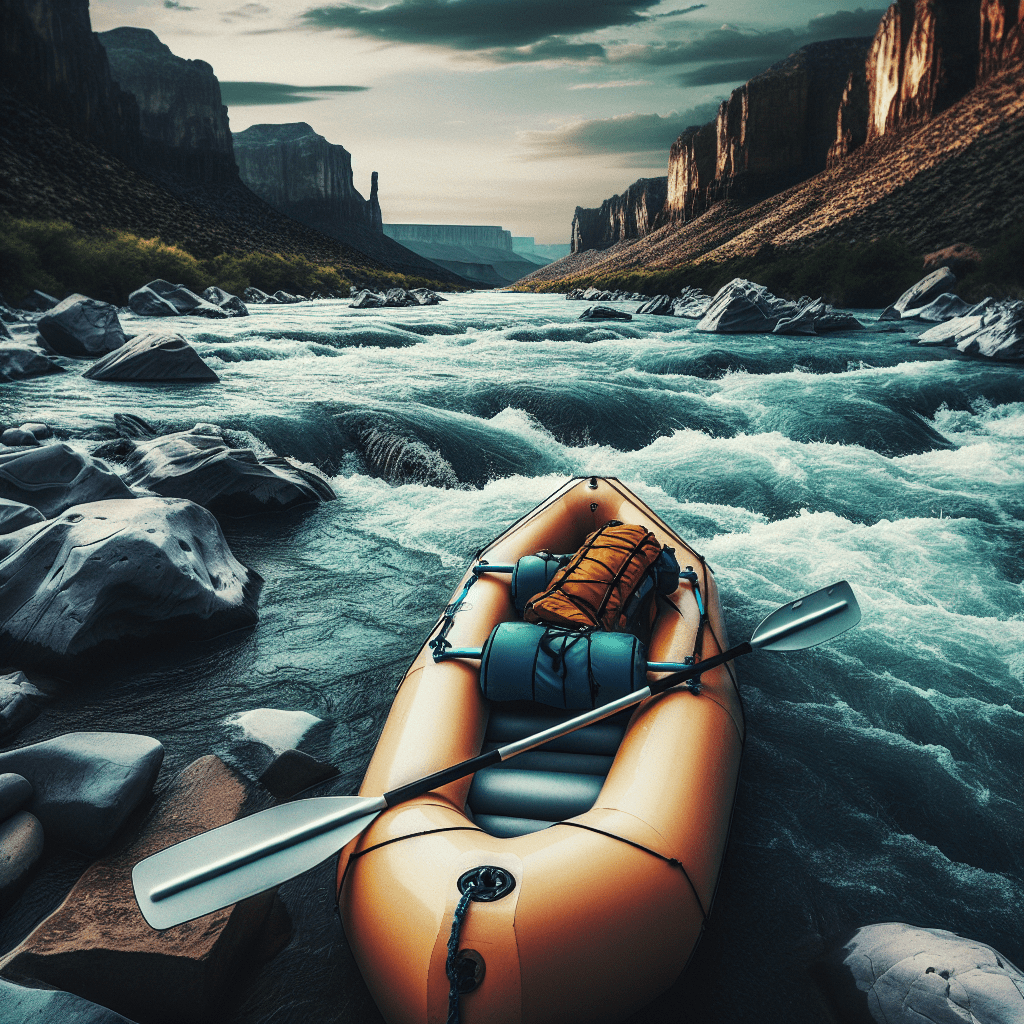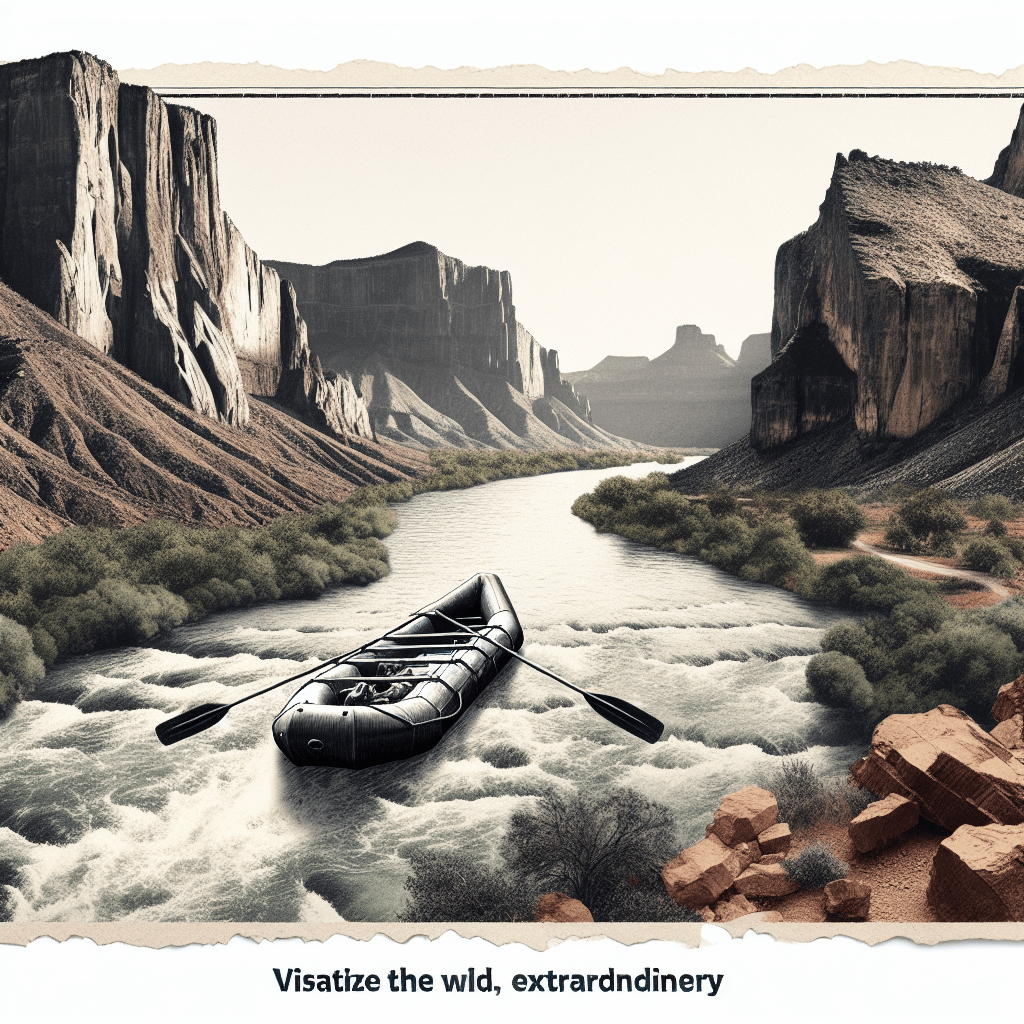
Ready for an exhilarating adventure amidst the breathtaking beauty of Big Bend National Park? If you’ve ever wondered whether rafting or kayaking in the Rio Grande is an option, we’re pleased to let you in on a little secret: the answer is an absolute yes! Whether you’re a seasoned water enthusiast or a beginner eager to dip your toes into the world of river exploration, the Rio Grande offers an unforgettable experience. With its towering canyons, tranquil waters, and abundant wildlife, this majestic river invites you to embark on a thrilling journey that will leave you with memories to last a lifetime. So grab your paddle, put on your sunscreen, and get ready to make a splash in the Rio Grande at Big Bend!
Rafting and Kayaking in the Rio Grande
Welcome to the stunning Big Bend National Park, where adventure awaits in the form of rafting and kayaking on the iconic Rio Grande. This article is a comprehensive guide to help you navigate the thrills and beauty of this spectacular region. Whether you are an experienced paddler or a novice seeking adrenaline-fueled excitement, Big Bend has something for everyone.
Understanding Big Bend National Park
Location and Geography
Nestled in the southwestern part of Texas, Big Bend National Park encompasses a vast area of approximately 801,163 acres. The park is situated along the United States-Mexico border, with the Rio Grande flowing through its heart. The dramatic geological features, including towering canyons, rugged mountains, and stunning desert landscapes, make it a haven for outdoor enthusiasts.
Climate and Weather
Big Bend National Park experiences a predominantly arid climate, characterized by hot summers and mild winters. Summers can be scorching, with temperatures often exceeding 100 degrees Fahrenheit, while winters offer more moderate temperatures, averaging around 60-70 degrees Fahrenheit during the day. It is crucial to plan your rafting or kayaking adventure accordingly, taking into account the weather conditions to ensure a safe and enjoyable experience.
Flora and Fauna
Big Bend National Park is home to a diverse range of plant and animal species, adapted to the harsh desert environment. Visitors can marvel at the resilient desert vegetation, including cacti, yuccas, and desert wildflowers. Wildlife enthusiasts will be delighted by the opportunity to spot native animals such as javelinas, coyotes, mountain lions, and a variety of bird species. Always remember to respect the park’s wildlife by observing from a safe and responsible distance.

Permits and Regulations
Obtaining Permits
Before embarking on your rafting or kayaking journey in the Rio Grande, it is essential to obtain the necessary permits. Permits can be obtained at the park’s visitor centers or through the park’s website. It is advised to make reservations well in advance, especially during peak seasons, to secure your preferred dates. The staff at the visitor center will provide you with all the information you need and ensure that you are aware of the park’s regulations.
Understanding the Regulations
To ensure the safety and preservation of Big Bend National Park, there are specific regulations in place for rafting and kayaking activities. It is crucial to familiarize yourself with these regulations before setting out on your adventure. Some regulations include staying within designated river channels, adhering to speed limits, and respecting wildlife and sensitive environments. By following these regulations, we can all contribute to the preservation of this remarkable natural resource.
Rafting and Kayaking Opportunities
Chimneys Trailhead to Mariscal Canyon
One of the most popular rafting and kayaking routes in Big Bend National Park is the stretch from Chimneys Trailhead to Mariscal Canyon. This approximately 13-mile route offers breathtaking views of towering cliffs, fascinating rock formations, and serene stretches of the Rio Grande. It is a moderately challenging section, suitable for intermediate to advanced paddlers, and can be completed in a day or split into a multi-day adventure.
Mariscal Canyon to Talley
For those seeking a more exhilarating experience, the Mariscal Canyon to Talley stretch is a thrilling choice. This 27-mile route takes you through the stunning Mariscal Canyon, known for its towering cliffs and narrow passages. With its faster currents and occasional Class II and III rapids, this section is recommended for experienced paddlers. Be prepared for an adrenaline rush as you navigate your way through this awe-inspiring and challenging route.
Santa Elena Canyon
Santa Elena Canyon is undoubtedly one of the crown jewels of Big Bend National Park. This iconic destination offers a majestic setting for rafting and kayaking enthusiasts. The towering limestone cliffs, reaching heights of up to 1,500 feet, create a dramatic backdrop as you navigate the Rio Grande. The calm and peaceful waters of the canyon make it accessible to paddlers of all skill levels, making it a must-visit spot for everyone.
Boquillas Canyon
Boquillas Canyon provides another remarkable opportunity for a memorable rafting or kayaking adventure. This section offers a more secluded and serene experience. As you paddle through the scenic canyon, keep an eye out for wildlife, including bighorn sheep, birds, and various desert fauna. The relaxed currents and stunning vistas make Boquillas Canyon an ideal choice for paddlers looking for a tranquil and picturesque outing.
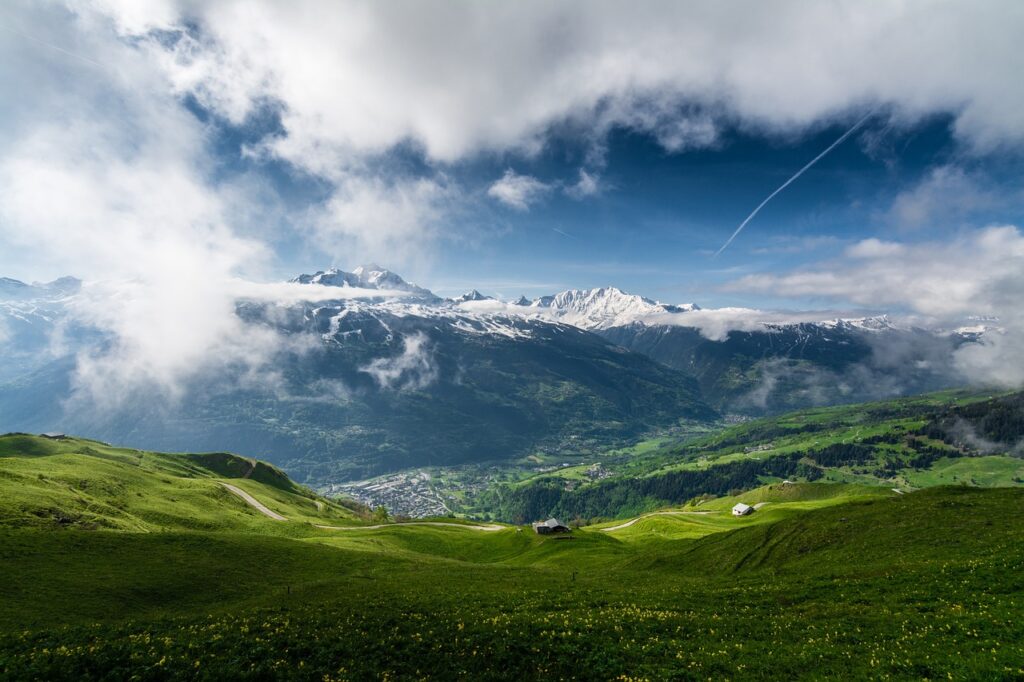
Best Time to Go
Weather Considerations
To fully enjoy your rafting or kayaking experience, it is crucial to consider the weather conditions. The summer months, from June to August, can be scorching, with temperatures often exceeding 100 degrees Fahrenheit. It is advisable to plan your trips during spring or fall when the temperatures are more moderate, ranging from 60 to 80 degrees Fahrenheit. However, it is essential to stay hydrated, protect yourself from the sun, and be prepared for sudden weather changes, as the climate in Big Bend can be unpredictable.
Water Flow and Levels
River conditions play a significant role in determining the best time to go rafting or kayaking in the Rio Grande. The water flow and levels can vary depending on rainfall, snowmelt, and dam releases. It is recommended to check the current river conditions and consult with local authorities or outfitters before embarking on your adventure. Higher water levels during spring provide faster and more exciting rapids, while lower water levels in the drier months offer a calmer paddling experience.
Essential Gear and Equipment
Rafting Gear
When embarking on a rafting adventure, proper gear and equipment are essential for a safe and enjoyable experience. Basic gear includes a sturdy raft, paddles, personal flotation devices (PFDs), and a repair kit in case of any emergencies. It is also advisable to bring dry bags or waterproof containers to protect your belongings from water damage. Always remember to wear appropriate clothing, including quick-drying layers and sun protection gear, to ensure comfort throughout your journey.
Kayaking Gear
For kayakers, having the right gear is key to a successful trip. Essential equipment includes a reliable kayak, paddle, PFDs, and a spray skirt to keep water out of the cockpit. It is also wise to invest in a helmet, especially if you plan to tackle more challenging rapids. Additionally, wearing a wetsuit or drysuit can provide warmth and protection in colder water conditions. Don’t forget to bring a waterproof bag or case to safeguard your belongings from water exposure.
Safety Equipment
Safety should always be a top priority when engaging in any water-based activities. Along with the necessary gear, it is essential to carry safety equipment such as a throw rope, first aid kit, whistle, and a signaling device for emergencies. Familiarize yourself with proper rescue techniques and ensure that all members of your group are trained in water safety. Taking these precautions will enhance the safety of your adventure and give you peace of mind as you explore the Rio Grande.
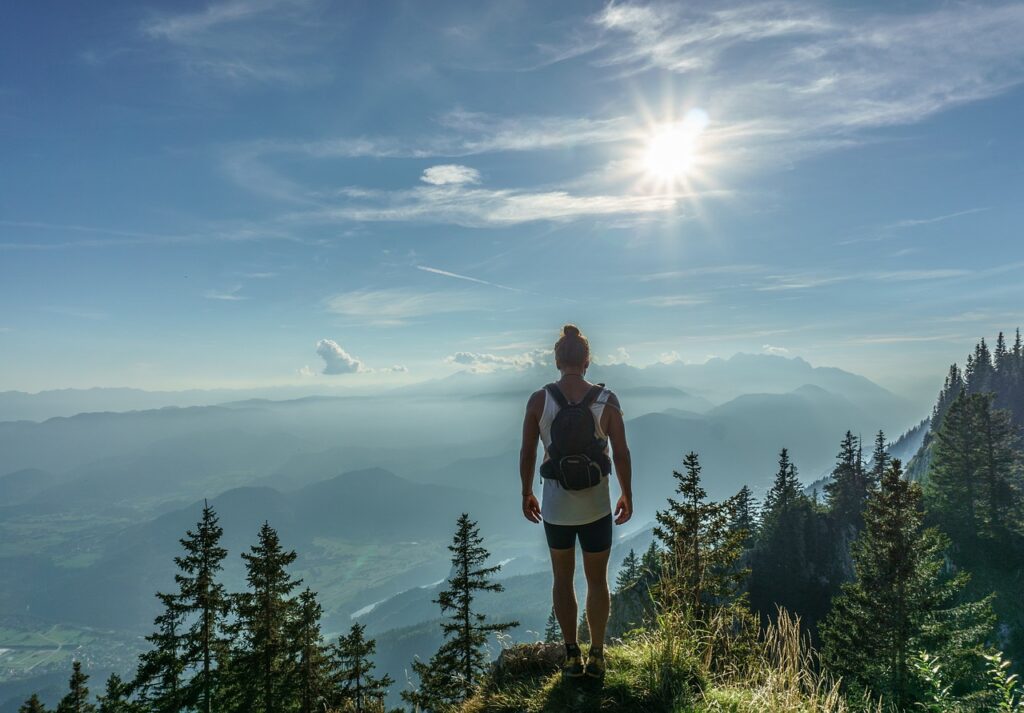
Local Guides and Outfitters
Benefits of Hiring a Guide
While embarking on a rafting or kayaking adventure in Big Bend National Park can be a thrilling experience, many opt to hire local guides or outfitters for a variety of reasons. Guides possess extensive knowledge of the region’s topography, weather patterns, and wildlife, enhancing the overall experience. They can recommend the best routes based on your skill level and preferences, providing valuable insights and ensuring a safe and enjoyable trip. Hiring a guide also eliminates the need to invest in pricey equipment, as they often provide gear rentals.
Recommended Outfitters
Several reputable outfitters operate in and around Big Bend National Park, offering guided rafting and kayaking experiences. Some recommended outfitters include [Outfitter A], [Outfitter B], and [Outfitter C]. These outfitters have experienced guides, well-maintained gear, and a strong commitment to safety and environmental stewardship. Whether you’re a seasoned adventurer or a beginner seeking expert guidance, these outfitters can help you create unforgettable memories on the Rio Grande.
Preparation and Safety Tips
Physical Fitness and Skill Level
Before embarking on a rafting or kayaking trip, it is crucial to assess your physical fitness and skill level to ensure a safe and enjoyable experience. Paddling in the Rio Grande requires strength, stamina, and the ability to navigate varying water conditions. It is advisable to engage in regular physical activity and practice your paddling skills before attempting more challenging sections. If you are new to rafting or kayaking, consider taking lessons or joining guided trips to build your skills and confidence.
Trip Planning and Itinerary
Proper trip planning is essential for a successful adventure. Research and map out the sections you plan to paddle, taking into account the estimated time, distances, and available camping spots if you’re considering a multi-day trip. It is essential to check the park’s website and obtain up-to-date information on any potential hazards, closures, or regulations. Share your itinerary with a trusted friend or family member, and ensure that someone knows your estimated return date and time for your safety.
River Safety
When exploring the Rio Grande, it is crucial to prioritize river safety. Always wear a properly fitted PFD and make sure it is securely fastened before setting out. Stay within your skill level and be cautious of obstacles such as rocks, fallen trees, and strong undercurrents. Always paddle with a partner or in a group, as it enhances safety and allows for quicker assistance in case of an emergency. Be aware of weather conditions and any sudden changes in water levels, and immediately seek shelter if needed.
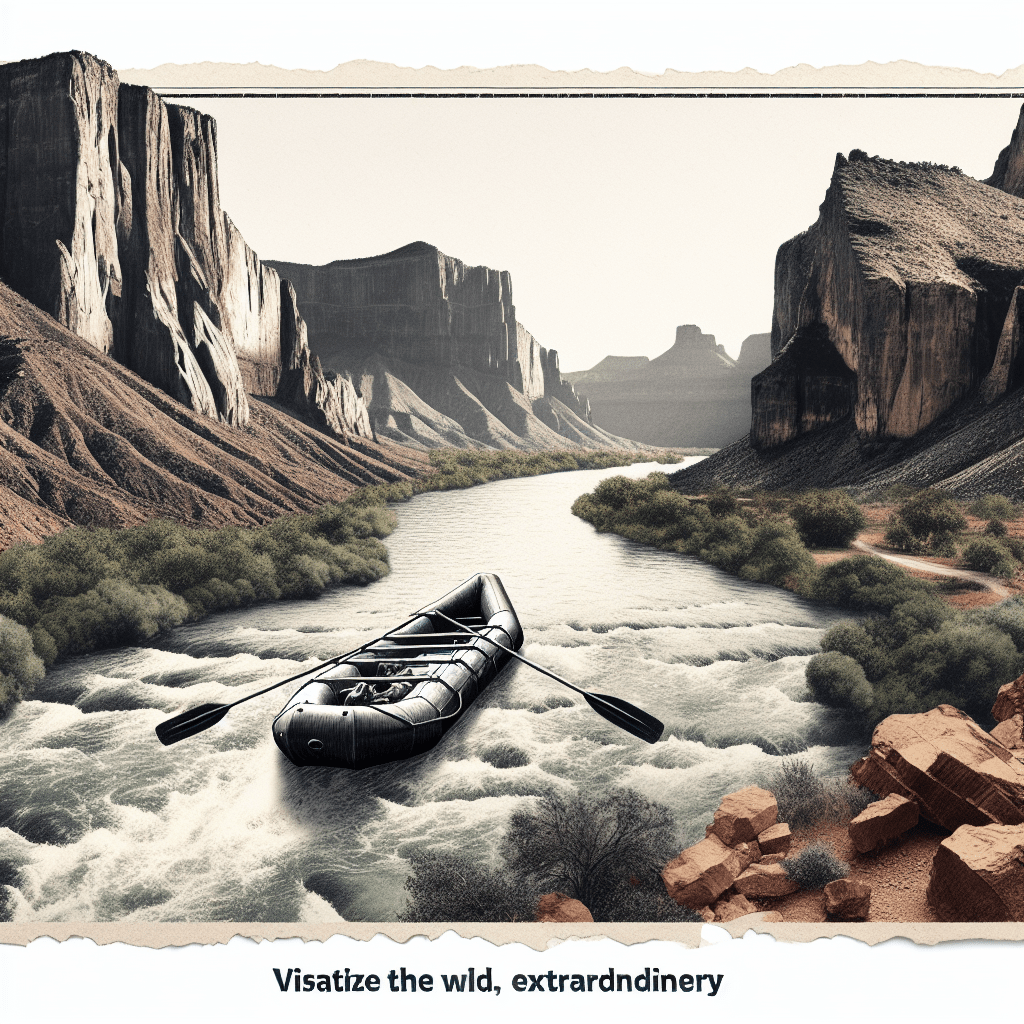
Environmental Considerations
Leave No Trace
While enjoying the natural beauty of Big Bend National Park, it is crucial to practice Leave No Trace principles. Pack out all trash, including food wrappers and personal waste, and dispose of it properly in designated areas. Minimize campfire impacts by using established fire rings and only burning dead and downed wood. Respect wildlife by observing from a safe distance and never feeding or approaching them. By leaving no trace, we can preserve the park’s natural integrity and ensure its beauty for future generations.
Protecting Wildlife
Big Bend National Park is a haven for diverse wildlife, and it is our responsibility to protect and respect their natural habitats. When paddling on the Rio Grande, avoid disturbing wildlife by maintaining a respectful distance. Do not approach nesting or resting areas, and refrain from making excessive noise. Never feed or attempt to interact with wildlife, as it can disrupt natural behaviors and create dependency. By being mindful and considerate, we can contribute to the conservation of the park’s incredible biodiversity.
Conclusion
As you can see, rafting and kayaking in the Rio Grande at Big Bend National Park offer an incredible blend of adventure, natural beauty, and outdoor exploration. From the towering cliffs of Santa Elena Canyon to the thrilling rapids of Mariscal Canyon, there is no shortage of excitement and awe-inspiring sights to experience. By following the regulations, practicing river safety, and respecting the environment, we can ensure the preservation of this remarkable destination for future generations. So grab your paddles, don your gear, and get ready for an unforgettable journey on the Rio Grande. Happy exploring!
